Hidden deep in the Appalachian Mountains lies a tiny, rustic, and humble city. With a population barely more than ten thousand, an unknowing passerby wouldn’t bat an eye towards this picturesque little town. To the devoted, however, this place conceals the company in charge of the very technology our modern way of life depends on. You may not have heard of Corning Incorporated, but you have definitely used some of their products. Their inventions range from the lens residing in NASA’s Hubble telescope to telecommunication fiber optics in every household, from Pyrex glassware you use for baking brownies to scratch resistant Gorilla glass on most mobile devices. The way they understand and play with so many interesting materials and their properties makes this a Mecca to which I must pay my respect. (If you didn’t know, my daily job involves poking at different materials.)
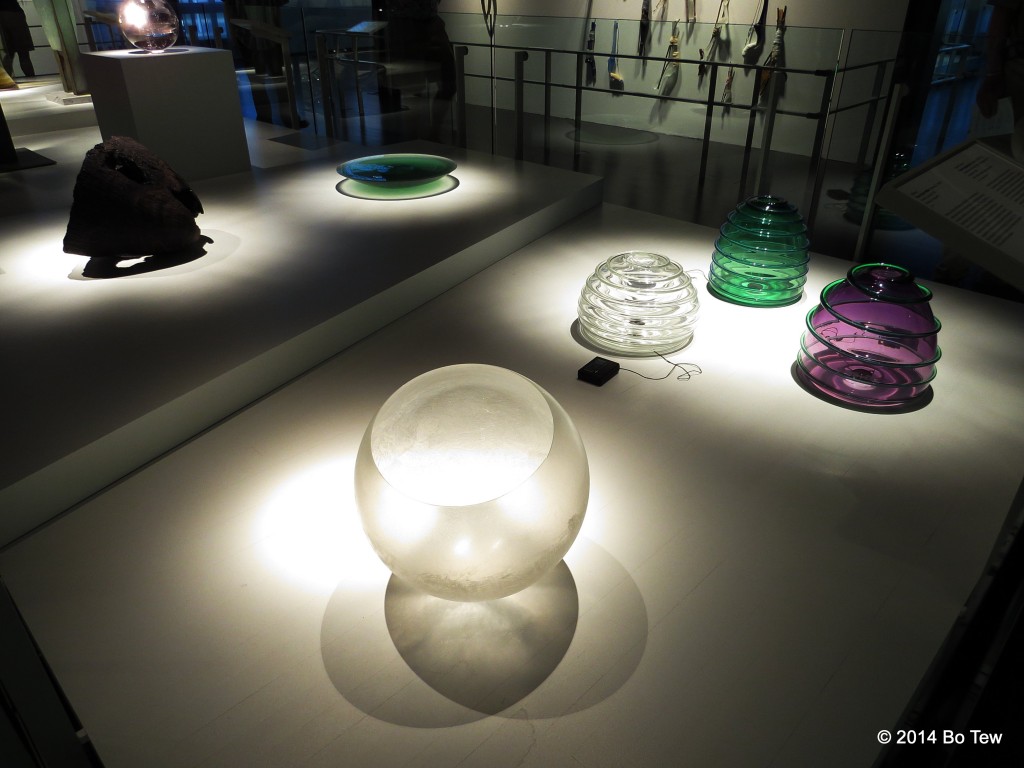
As a result of being a research intensive company—and probably housing many top secret projects and recipes—, you won’t be able to visit the company itself. Corning Inc. instead has created a stylish-looking museum (made of glass! Just kidding…) displaying a multitude of glass products, many of which serve as a glimpse into the evolution of glass-making over the course of human history. The museum is aptly named: The Corning Museum of Glass (CMOG). This place is an all-in-one combination of an art museum, history museum, and science museum, covering anything and everything with regards to this single phase of material—glass. A single ticket grants you two consecutive days of visits, which is great because you might not be able to cover everything within a day. Besides exhibitions, there are also hands-on studios experiences that allow visitors to create and decorate glassware.
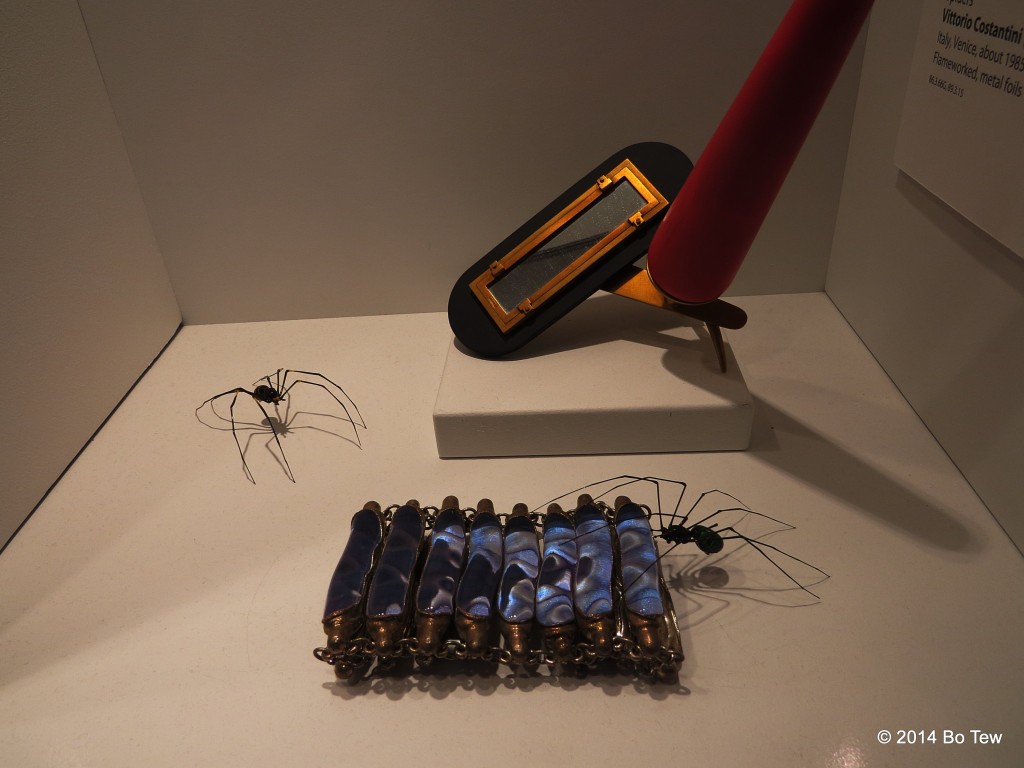
Overall, I really liked the science part of the museum. The exhibitions displayed and explained the many very important and unique properties of glass. Focusing solely on glass, CMOG was able to demonstrate more scientific theories than the average city’s science museum. On the other hand, I didn’t appreciate the glass and stained glass in the art portion of the museum. Most of the art does require some serious skill to replicate, and they do have interesting combinations of colors, but they did not capture my attention for a long time. The history section, too, was more of a hit or miss for me. I enjoyed the stories and background regarding the evolution of glass-making technology, but the artifacts (they have a lot of goods here) came across as boring to me. You would enjoy it more than me if you were a fan of national history museums, which aren’t my kind of museum. Onto the studios experience: there were multiple classes you could sign up for at a reasonable prices to learn about the process of glass-making. We signed up for sandblasting, which sounded very cool, but in the end, we found ourselves just pasting stickers on a glass cup. With a quick jet of sand roughening the areas not covered in stickers, we were handed back our original glass frosted with our own permanent patterns. The whole time, we were sitting next to a group of people who were blowing glass, which was fun to watch, but not to do.
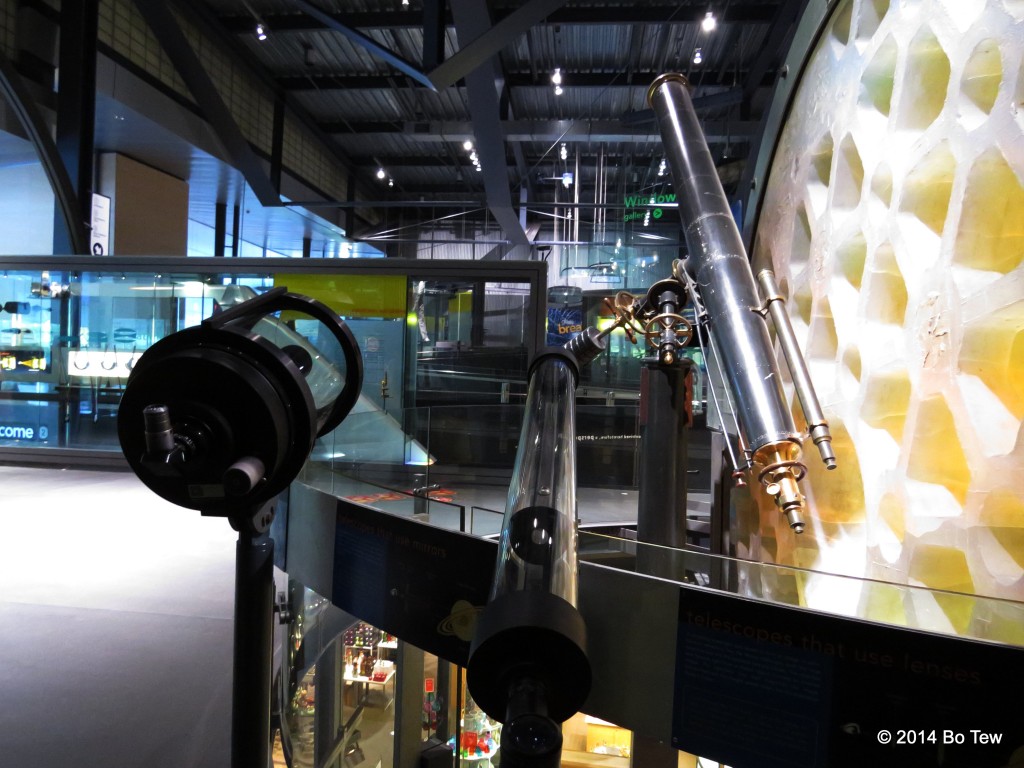
Fear not, for any of you who are shopaholics. Although the city might be small and probably won’t satisfy your purchasing cravings, there is a massive “museum store” on the first floor of the building. I put quotation marks because this is more like a department store than a typical museum shop, and everything you ever need, ranging from jewelry and clothing, to paintings and cookware, can be found here. You might expect a higher price considering the location, but they are rather comparable to shops elsewhere, even when compared to internet prices.
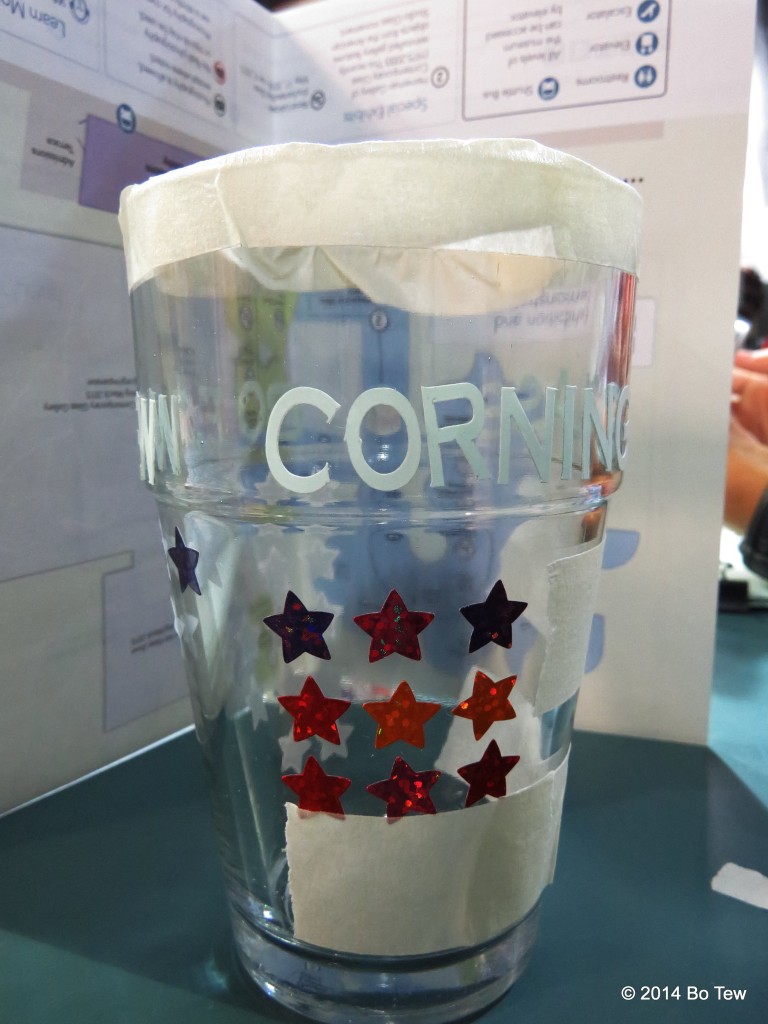
There is also a cafeteria located on the first floor, serving a wide variety of food catering to different groups of tourists. This is a modern-looking food court that serves great food, and you really have to check the drinks menu. Not only do they have a nice coffee bar serving freshly brewed espresso drinks, but they also have a fridge filled with all kinds of sodas and chilled drinks. The stars here, however, are beers brewed in New York state and small bottles of wine from a local winery located near the Finger Lakes. Why bother going anywhere else to try a sip of alcohol when you can enjoy it in the comfort of this nice cafeteria?
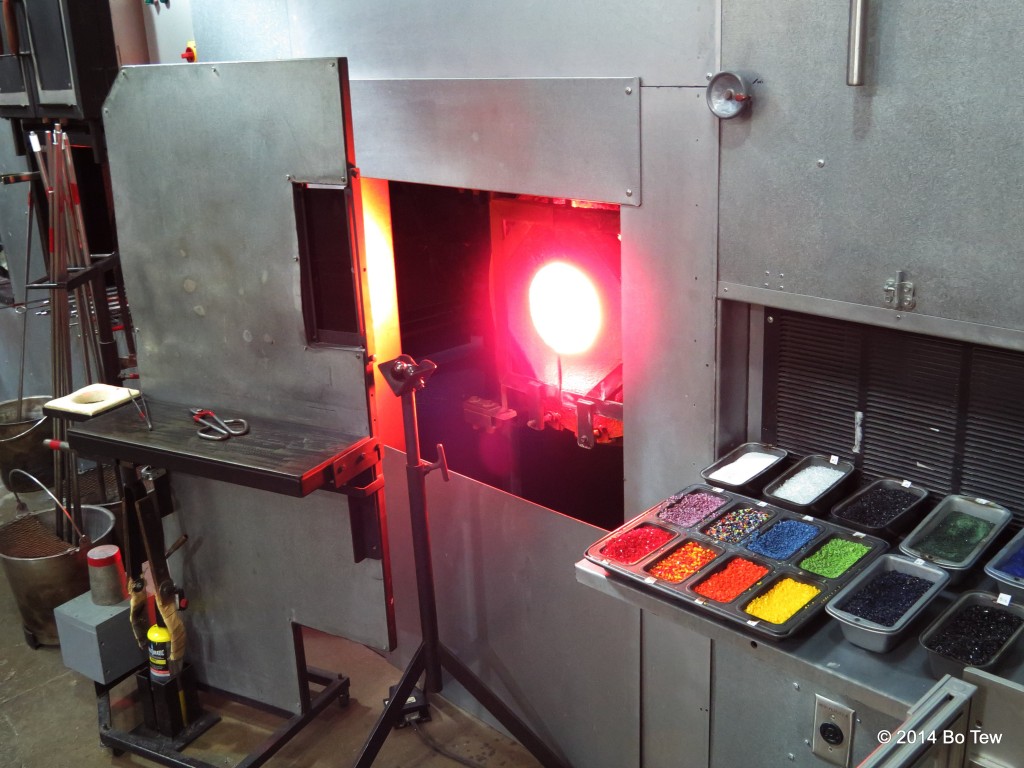
It might be hard to justify a trip up to Corning just to visit a museum, but you have no excuse if you are passing by this part of the state or heading to the nearby Finger Lakes. Get the word out there; people need to know that there is an awesome glass museum located in the middle of nowhere. And yes, we are not in Kansas anymore.
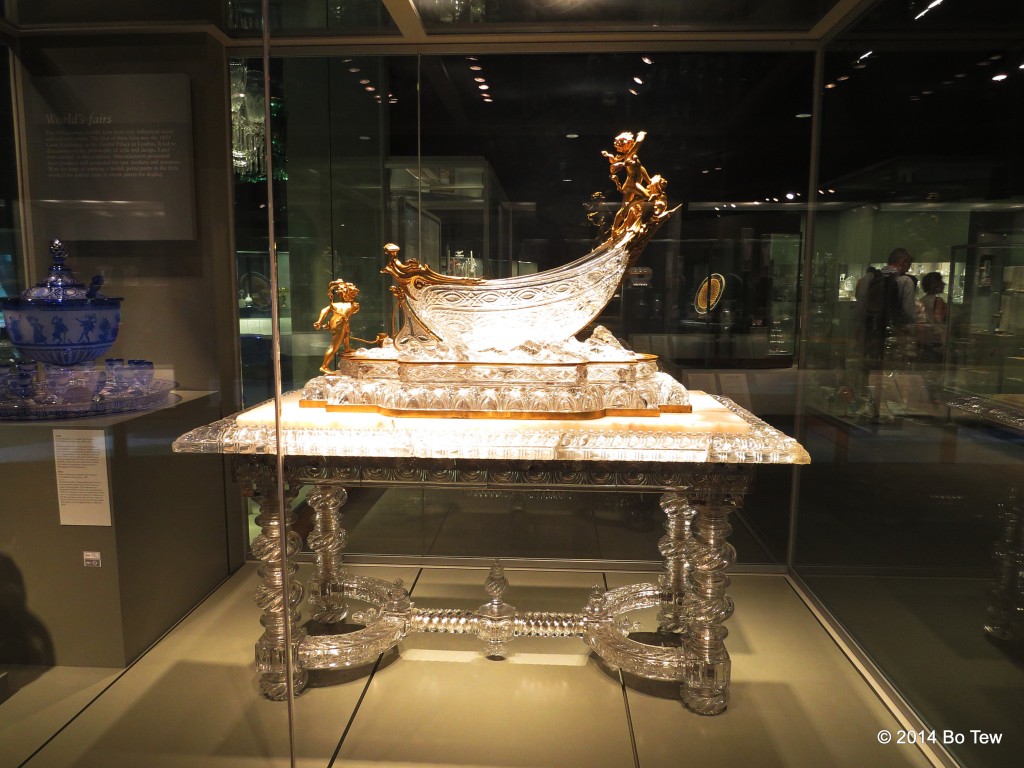
The Corning Museum of Glass (CMOG) is located in the city of Corning, near the NY-PA border. More specifically, the address is 1 Museum Way, Corning, NY 14830. Visit their website at http://www.cmog.org/ for details about admission tickets and opening hours.
A similar post written by me can be found at http://www.travbuddy.com/Corning-Museum-of-Glass-v822343
Edited by E.Chen.